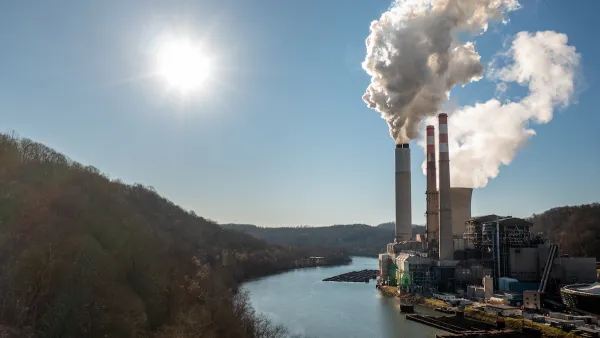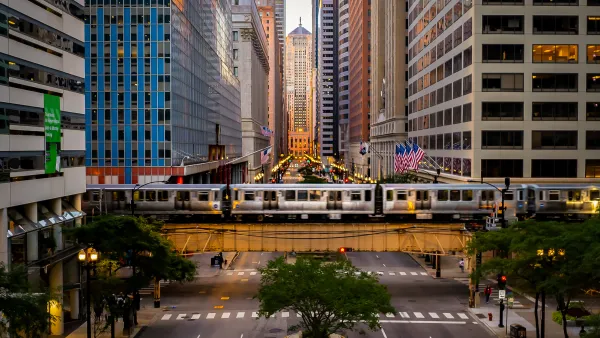Chris Bentley reports on the complex discussions centered around what to do with the sites of two massive coal plants closing this month in Chicago. As Bentley notes, "what happens to these 132 acres in Chicago could have nationwide implications."
The closing of the Fisk and Crawford coal plants in Chicago's southwest side this month is the result of a variety of factors including mounting concerns from environmental groups and the decrease in natural gas prices. Now the community is faced with the difficult decision of what to do with the two sites, which are owned by Midwest Generation.
A task force set up by Mayor Rahm Emanuel in March has been tackling various reuse ideas that need to address pertinent issues like "historic preservation, environmental cleanup, and unemployment in a rapidly gentrifying area." The project has proven productive thus far, claims Bentley, as negotiations between Midwest Generation and local agencies have been "collaborative and respectful."
"'This is the first brownfield coal site that has engaged in this kind of process with the community,' said Jean Pogge, CEO of the Delta Institute, the Chicago–based non-profit leading the mayor's task force."
Community members have been vocal in their desire to see the sites provide new jobs and green space. Housing was taken off the list due to the sites' industrial zoning and residents' fears of gentrification. The city must determine the toxicity of the areas before any plans move forward.
These plants follow a string of other coal plant closings, as "[m]ore than 100 coal plants have closed nationwide in the last three years, roughly one-sixth the total number of plants in the United States." Worldwide, former coal plant sites have been reborn with a range of inventive uses, from parks to museums. As the discussion over the future of the Fisk and Crawford plants continues, the groups involved "hope the task force will be a model for community engagement, as well as a positive influence on the community in this time of transition."
FULL STORY: New Generation

National Parks Layoffs Will Cause Communities to Lose Billions
Thousands of essential park workers were laid off this week, just before the busy spring break season.

Retro-silient?: America’s First “Eco-burb,” The Woodlands Turns 50
A master-planned community north of Houston offers lessons on green infrastructure and resilient design, but falls short of its founder’s lofty affordability and walkability goals.

Delivering for America Plan Will Downgrade Mail Service in at Least 49.5 Percent of Zip Codes
Republican and Democrat lawmakers criticize the plan for its disproportionate negative impact on rural communities.

Test News Post 1
This is a summary

Test News Headline 46
Test for the image on the front page.

Balancing Bombs and Butterflies: How the National Guard Protects a Rare Species
The National Guard at Fort Indiantown Gap uses GIS technology and land management strategies to balance military training with conservation efforts, ensuring the survival of the rare eastern regal fritillary butterfly.
Urban Design for Planners 1: Software Tools
This six-course series explores essential urban design concepts using open source software and equips planners with the tools they need to participate fully in the urban design process.
Planning for Universal Design
Learn the tools for implementing Universal Design in planning regulations.
EMC Planning Group, Inc.
Planetizen
Planetizen
Mpact (formerly Rail~Volution)
Great Falls Development Authority, Inc.
HUDs Office of Policy Development and Research
NYU Wagner Graduate School of Public Service





























